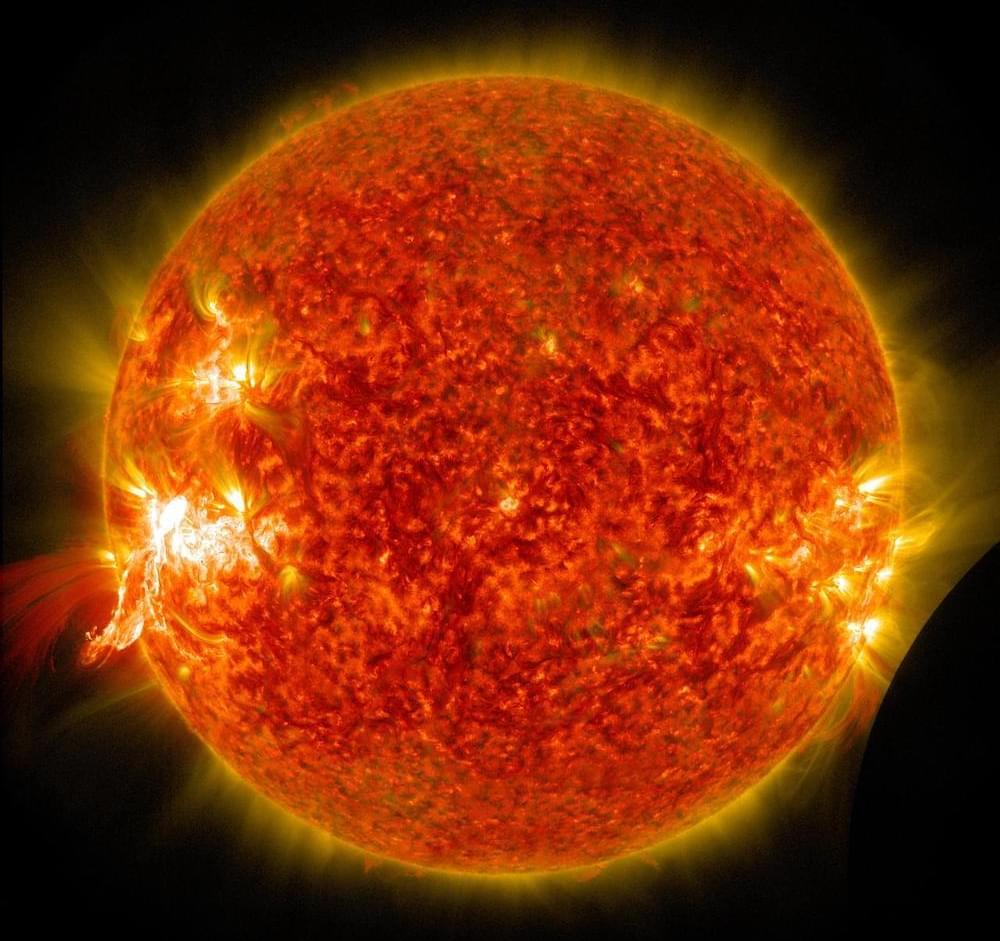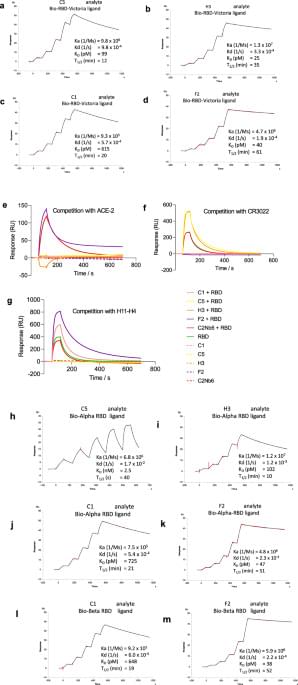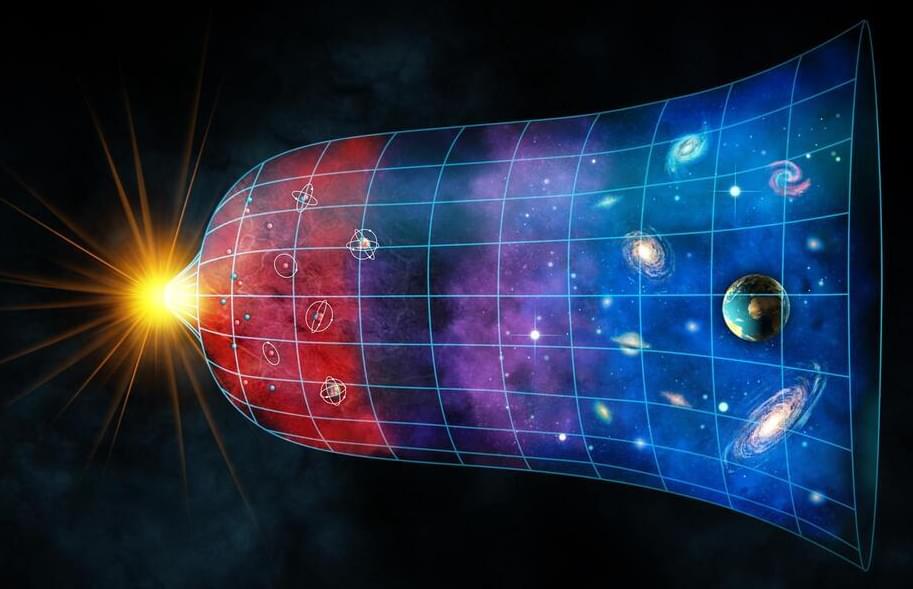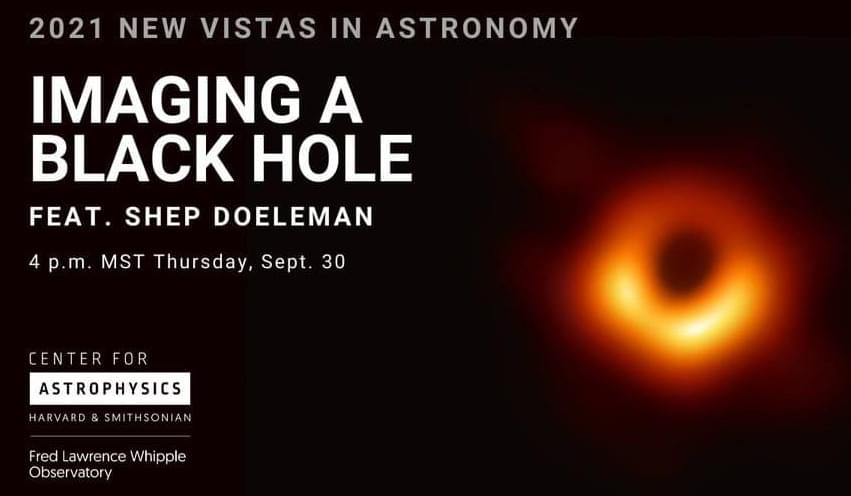Bill Andrews gives us the simplest definition of aging as well as what he thinks to be accomplished to really admit aging has been cured.
This is an excerpt of a presentation he made last year at the NHIMA. See the description of the video for details.
Longevity scientist Dr. Bill Andrews, PhD in Molecular Biology and President and CEO of Sierra Sciences, describes in few words and images what aging is.
The videoclip was taken from a presentation Dr. Andrews made at the National Health Insurance Management Authority (NHIMA) in october 2020.
To watch the entire presentation clic here: https://youtu.be/0SIgfYiO2PI






